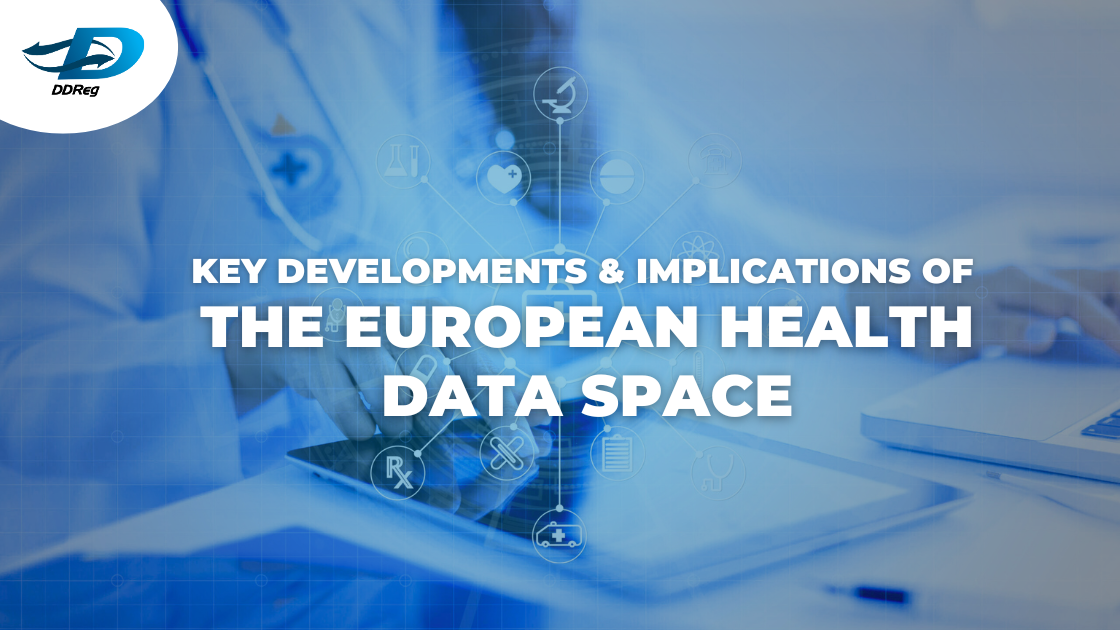 Zapier Automation – Automate Publishing. Free Your Time!
Zapier Automation – Automate Publishing. Free Your Time!
Exploring Software as a Medical Device (SaMD)
Written by DDReg Pharma » Updated on: April 25th, 2025

Definition and Scope
Software as a Medical Device (SaMD) refers to software intended for medical purposes that operates without being integrated into a physical medical device. According to the International Medical Device Regulators Forum (IMDRF), SaMD is defined as software intended for medical purposes, which performs these functions without being embedded in a traditional medical device. This separation from hardware means that SaMD can function on general-purpose platforms like smartphones, tablets, and computers, expanding accessibility and convenience for healthcare providers and patients alike.
Applications of SaMD
- SaMD encompasses a wide range of applications in healthcare:
- Diagnostics: AI algorithms analyze medical images to detect patterns and abnormalities, aiding in early disease detection.
- Monitoring and Alerts: Wearable devices track vital signs such as heart rate and blood pressure, providing real-time data to healthcare providers.
- Treatment Planning: AI-powered software assists in creating personalized treatment plans based on individual patient data.
- Patient Management: SaMD facilitates remote consultations and follow-ups, improving access to Medical devices services.
Check out Source Blog -: Click Here
Regulatory Oversight
The regulatory landscape for SaMD varies across regions:
- United States: The Food and Drug Administration (FDA) classifies SaMD into three categories based on risk—Class I (low risk), Class II (moderate risk), and Class III (high risk). The FDA provides specific guidance for clinical evaluation and risk categorization of SaMD products.
- International: The IMDRF has developed guidelines to harmonize standards for SaMD, focusing on risk classification and regulatory controls to ensure safety and effectiveness.
Read About Our Services -: Regulatory Affairs Services
Regulatory Considerations
Because of its unique nature, SaMD is subject to specific regulatory scrutiny. In the United States, the Food and Drug Administration (FDA) plays a central role in ensuring these products are safe and effective. The FDA uses a risk-based classification system: Class I (low risk), Class II (moderate risk), and Class III (high risk). The classification is determined by the intended use of the software and the potential impact on a patient’s health if it fails.
Internationally, the IMDRF provides harmonized guidelines to streamline how SaMD is assessed and approved. One of their key contributions is a risk categorization framework that assesses both the importance of the information provided by the SaMD and the condition of the healthcare situation. This allows regulatory authorities to apply appropriate levels of oversight, based on potential risk.
Challenges in SaMD Development
Developing SaMD presents several challenges:
- Data Privacy and Security: Ensuring the protection of sensitive health data is paramount.
- Interoperability: SaMD must integrate seamlessly with existing healthcare systems and devices.
- Validation and Testing: Rigorous testing is required to confirm the software's reliability and accuracy.
- User Training: Healthcare providers must be adequately trained to utilize SaMD effectively.
- Despite its potential, SaMD faces several complex challenges the pace of technological innovation often outstrips the regulatory process. Unlike traditional medical devices, SaMD can be updated frequently, which introduces regulatory concerns around validation, version control, and ongoing compliance.
- Cybersecurity is another critical issue. Since SaMD often handles sensitive patient data and is connected to healthcare networks, it's highly susceptible to cyber threats. Developers must therefore implement robust data protection mechanisms and conduct frequent audits to ensure system integrity.
Read About Our Services -: Pharmacovigilance Services
Future Prospects
The future of SaMD is promising, with advancements in AI and machine learning driving innovation. Emerging trends include:
- Predictive Analytics: AI algorithms predict disease outbreaks or patient deterioration, enabling proactive interventions.
- Natural Language Processing (NLP): Enhances communication between patients and healthcare providers by processing and understanding human language.
- Augmented Reality (AR): Assists in complex surgical procedures by overlaying digital information onto the physical environment.
The Future of SaMD
Looking ahead, the fusion of SaMD with artificial intelligence (AI), machine learning (ML), and the Internet of Things (IoT) is expected to propel healthcare innovation even further. These technologies enable predictive analytics, real-time decision-making, and personalized medicine on a scale never seen before.
For instance, AI can mine vast datasets to predict disease outbreaks or recommend optimized treatment pathways. IoT devices can feed continuous streams of health metrics to SaMD platforms, enabling proactive intervention and better chronic disease management.
Conclusion
SaMD is revolutionizing healthcare by providing innovative solutions for diagnosis, treatment, and patient management. As technology continues to evolve, SaMD will play an increasingly vital role in modern medicine, necessitating ongoing attention to regulatory compliance, data security, and user education.
Note: IndiBlogHub features both user-submitted and editorial content. We do not verify third-party contributions. Read our Disclaimer and Privacy Policyfor details.
Copyright © 2019-2025 IndiBlogHub.com. All rights reserved. Hosted on DigitalOcean for fast, reliable performance.









